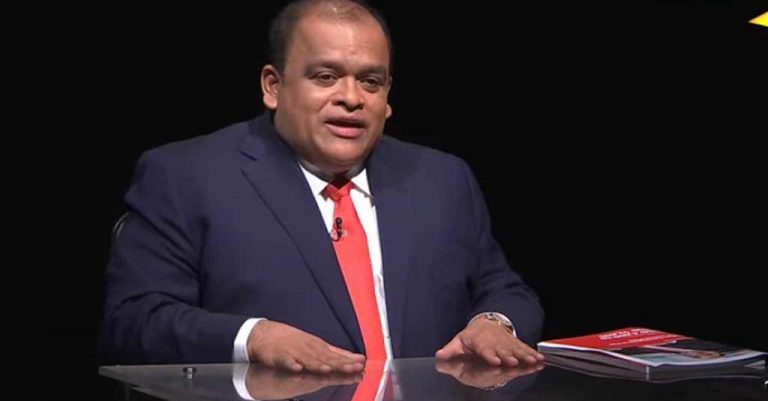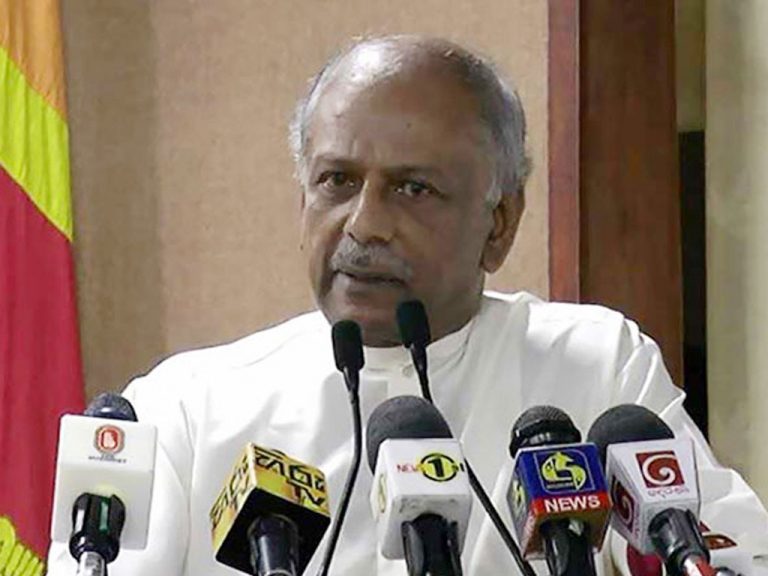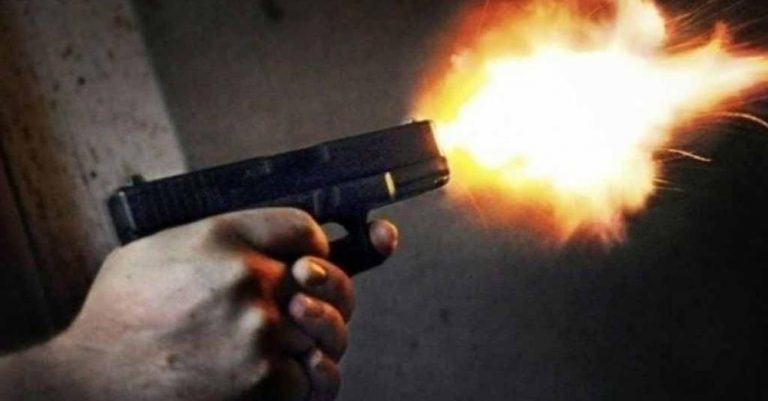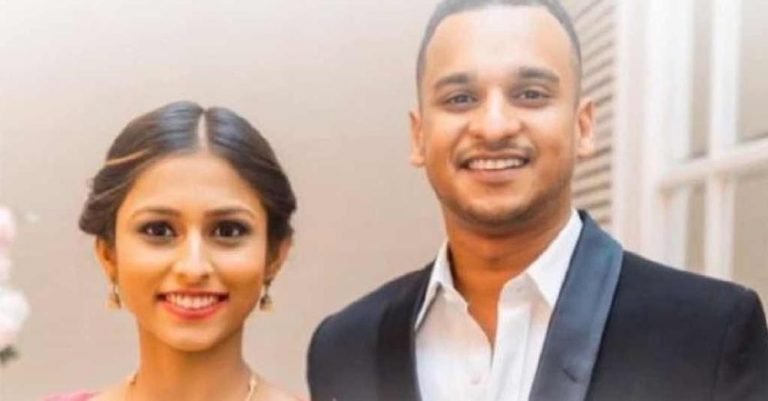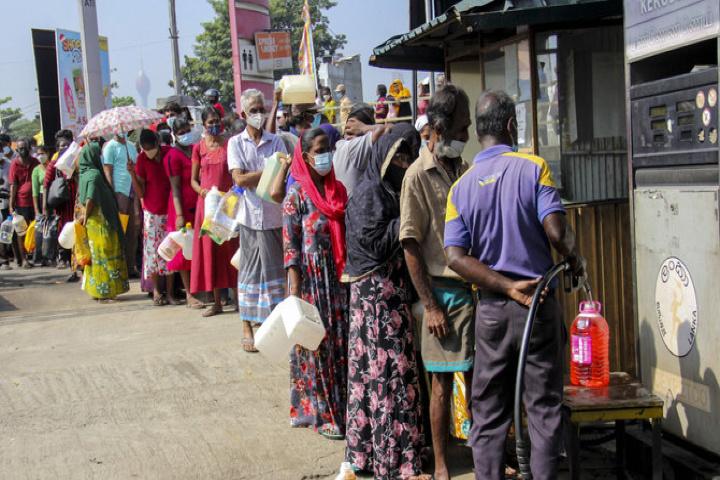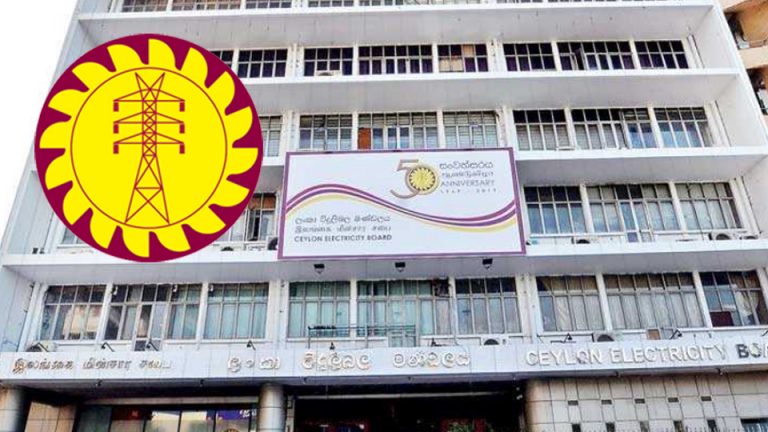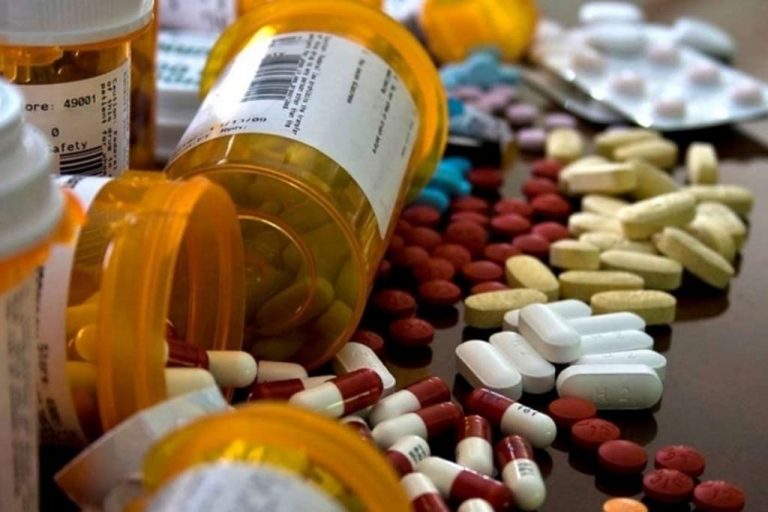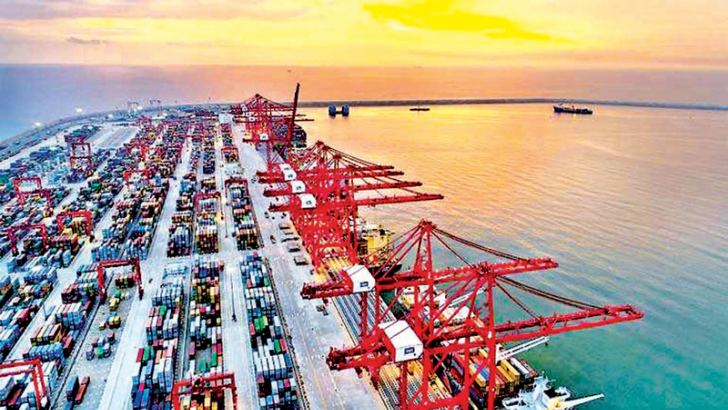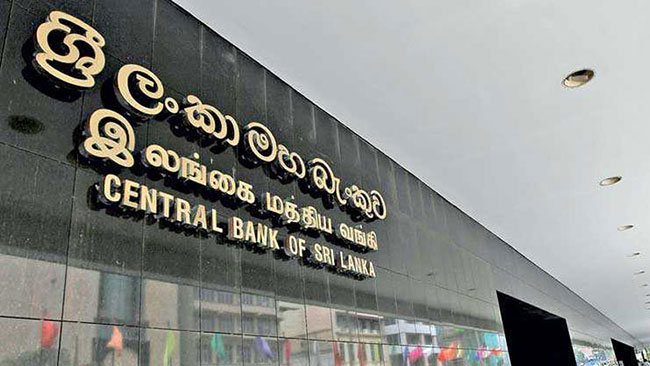Millionaire businessman Dhammika Perera yesterday (06) responded to the allegation of Rs. 575 million in tax arrears of Bally’s Pvt. Ltd which has caused a is a lot of controversy on social media
Speaking on the ‘Salakuna’ interview program on Hiru TV, Dhammika Perera emphasized that the company was owned by his brothers and not himself and had paid 100% of the tax.
Duminda Nagamuwa, Member of the Political Bureau of the Frontline Socialist Party (FSP) had earlier rebutted the allegation made on a television program during the Salakuna program and Dhammika Perera had given the following answer in detail.
“Dhammika Perera owns a company called Bally’s – a casino and it is run by his younger brother. The money he owns is from the casino. 575 million he has not paid taxes. How is he talking about building this country? How is he talking about bringing in a billion dollars now? He is also giving lectures on developing the country in 2030. I say to Dhammika Perera, you have to pay taxes first ”- Duminda Nagamuwa
Qu: Now this is the issue raised by Duminda Nagamuwa. It’s about the Bally’s Pvt. Ltd which is owned by you.
“No, it’s not mine. The two brothers own it ”
Q. That is Kuruppu Arachchige Don Anuradha Perera . Is that your brother?
“Yes”
Question – According to what we know the tax arreas is 575 billion
“No, it’s 575 million ”
Question – Yes. 575 million tax revenue is in arrears. That means not paid. Do you accept this first, that it is not paid?
“No, I do not accept this. It’s really another issue. That was an issue that went to court. I’ll tell you about that too. There are taxes that are usually levied, and then there are taxes that are levied as a one-time tax. That’s a tax like that. They had paid it in installments. But Mangala Samaraweera had asked to stop and had filed a case against the director. They take the document and release it to the media. Then the court had advice about what to do, which is to pay the 575mn – and it has been paid accordingly.
Q: So what was not paid then?
A company has to pay taxes. What is the use of suing the directors? So it takes time for the court to file a case against the directors. They work with the knowledge of lawyers. But in this case, when the lawyers had said it was a problem, the brothers had said that they will pay the sum. And it was paid. When it comes to this level of business, people consider taxation as an expense, but we do not have relatives or friends with such accounts departments. There are 100% professional outsiders. Can those people ask not to pay taxes? ”
Q. Then all the taxes due to Bally’s Pvt. Ltd. involved in this incident have been paid?
“100% paid”
Q. Did they pay the sum when this incident took controversy in the country?
There is no need to pay while the case is been heard in court. But it has been paid anyway!

